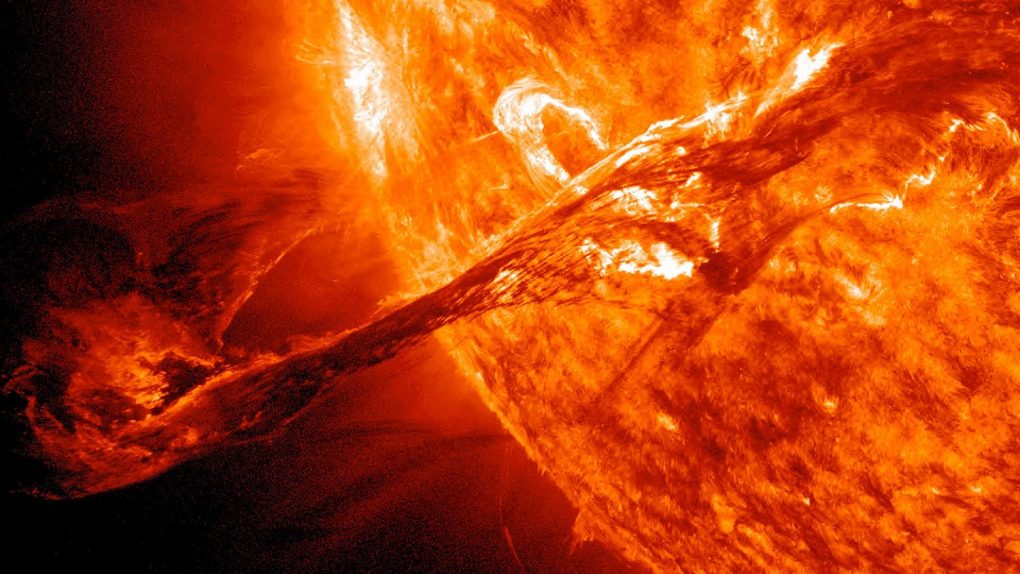Over the course of human history, astronomers have spent a lot of time studying our nearest star. Telescopes on the ground can only see so much, and even the recently launched Parker Solar Probe is locked into an orbit that allows it to see most of the star, but not much of its poles.
A new mission from NASA and the European Space Agency hopes to change all that. Called simply the Solar Orbiter, the mission aims to send a spacecraft into a highly angular orbit around the Sun which will allow it to spy on the Sun’s poles in a way that’s never been possible before.
Rather than sending the spacecraft straight toward the Sun, which would result in an orbit similar to other spacecraft and prevent a good look at the poles, this new Solar Orbiter will slingshot itself into an angular orbit with the help of gravity from Earth and Venus. This will allow it to regularly pass quite close to the star, coming within Mercury’s orbit.
The angle at which the orbiter will travel, in relation to the Sun’s orbital disc, will allow it to observe and record the Sun’s poles for the first time. This is important information for scientists to have because it could help explain some of the more unpredictable behavior of our star.
As NASA Goddard explains in a new video summarizing the mission, our Sun has a habit of flipping its magnetic poles of the Sun flip every 11 years or so. When that happens, solar activity ramps up in a big way, and that can pose a threat to satellites orbiting Earth and might even be dangerous for astronauts orbiting Earth or venturing deeper into our solar system. Getting a better idea of how this process works could help scientists predict the events with greater accuracy.








